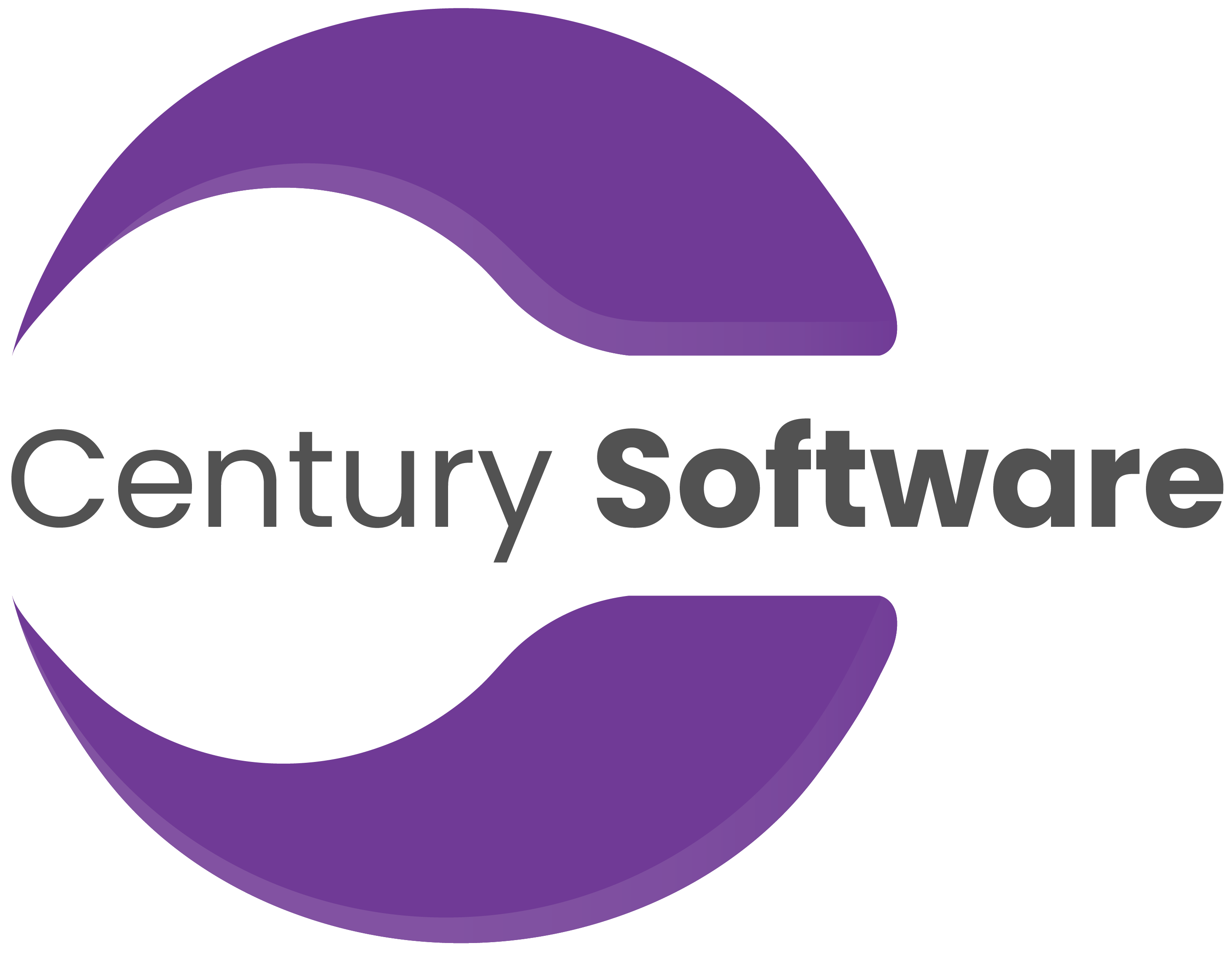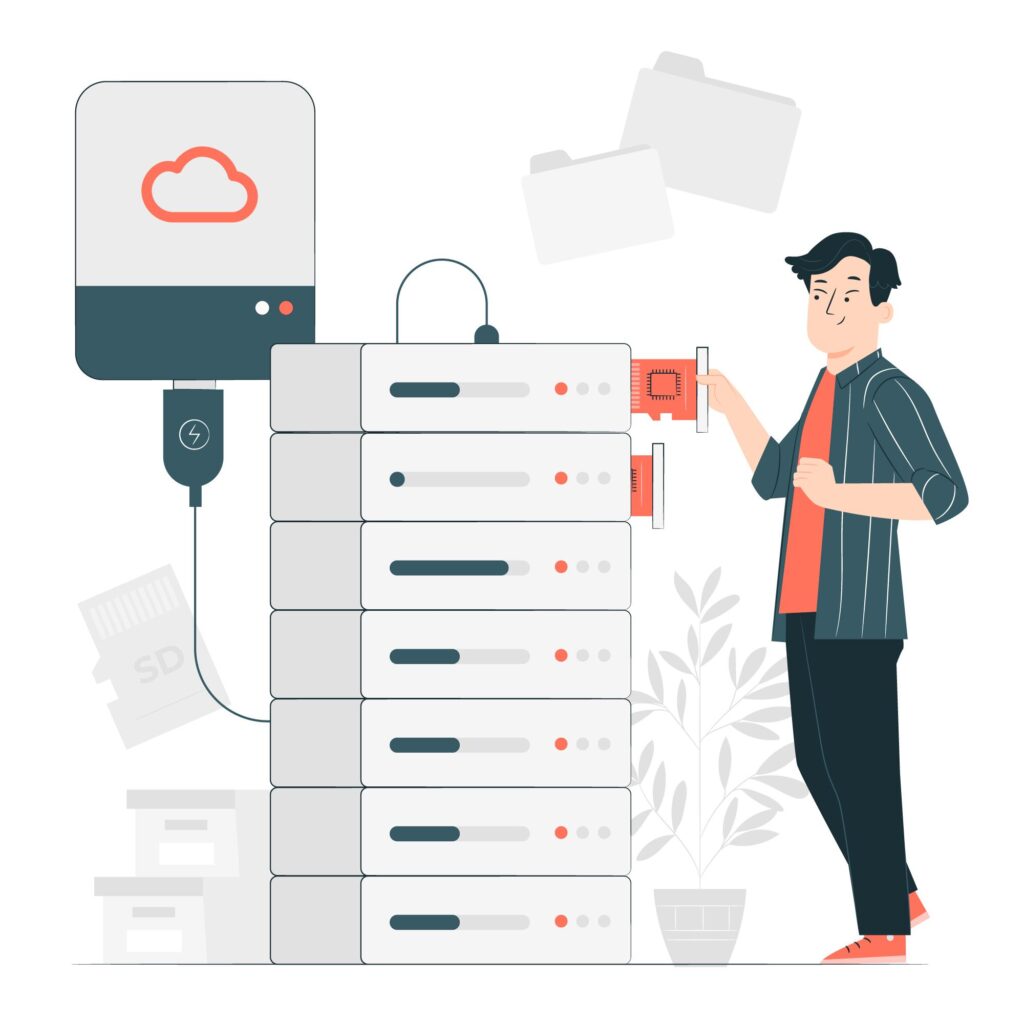
An In-Memory Database, as the name suggests, resides entirely in the computer’s RAM, which offers significantly faster data access compared to traditional disk-based databases that store data on hard drives. By eliminating the need to access data from disks, In-Memory Databases drastically reduce read and write latencies, resulting in accelerated data processing and retrieval.




